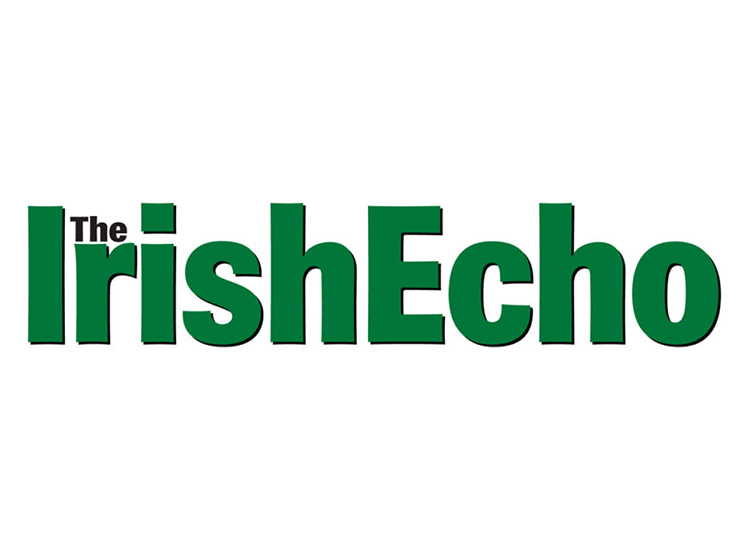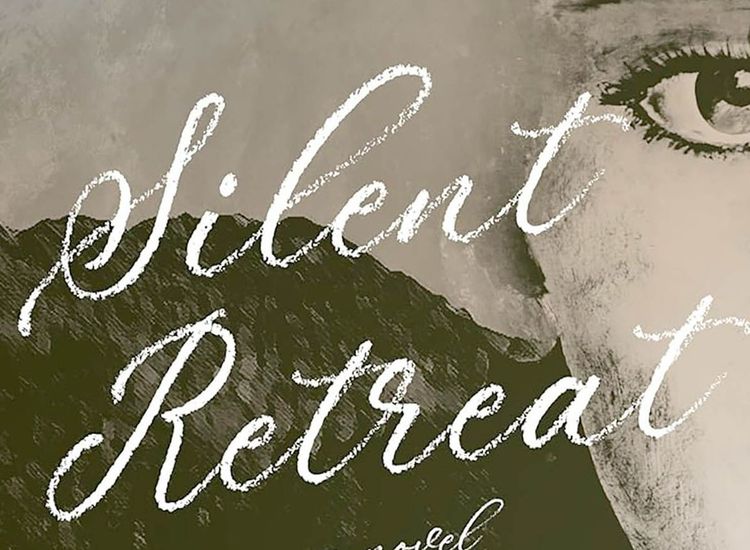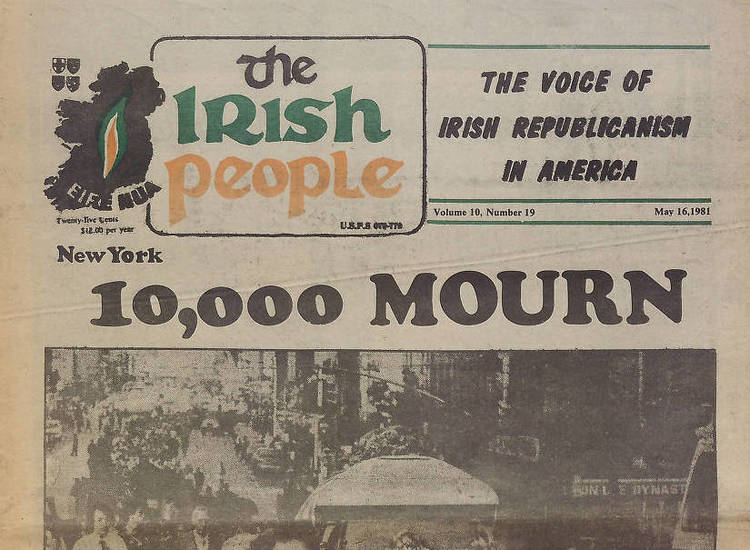Western New York Hunger Memorial in Buffalo.
By Irish Echo Staff
In July, the New York State Ancient Order of Hibernians will convene in Albany to conduct business and elect a new state board. As the term of current President, Vic Vogel, comes to an end, he wanted to leave a legacy that will remain long after his service as the state’s top officer. Vogel commissioned a project to document all the Irish and Irish-American Monuments, Memorials and Commemorative Plaques in New York State as he said, “to bring a greater awareness to Hibernian brothers and sisters of the amazing legacy that is theirs.”
He assigned AOH National and State Historian Mike McCormack the task of collecting and publishing the data. “I was gobsmacked by the enormity of the project,” McCormack recalled. “There must be thousands of such items in New York.” Despite the enormity of the task, the historian began by contacting Irish and Irish-American museums, archives and historical societies across the state, but without success. Surprised that no one had ever thought to compile such a collection before, he was nevertheless encouraged by their praise for the concept and their requests for copies of the finished product for their own records.
He ended that part of the search with a positive endorsement of the project and the realization: “It’s about time.” Supported by a few AOH members, the internet and his own collection of memorabilia, began compiling data and soon found the project addictive. “I just couldn’t pull myself away from the hunt,” he said. “I had taken photos of numerous statues and memorials over the years, but investigating the stories behind them was fascinating.
McCormack recalled photographing the Western New York Hunger Memorial -- a huge stone in the center of a well surrounded by engraved bricks in a circle of 32 large stones. While it was impressive, it wasn’t until he investigated the associated website that he learned that it was incredibly symbolic. The black granite standing stone in the center came from Galway to represent the Irish diaspora who successfully fled the Great Hunger, while the empty well in which it stands represents the Great Silence, a time when the traumatized exiles never spoke of the tragedy. Carved on the base are poet Tim Daly’s words, “Our hearts are with them in the earth and they are with us in our hearts. Now we together live forever; we are the harvest of the blight, let us not fail our seed.”
The bricks in the circle are engraved with the names of survivors, dependents and friends; the blank stones represent the nameless ones who perished. The 32 large stones encircling the memorial represent the counties of Ireland and were a gift from the people of Cork; taken from Penrose Quay in Cork Harbor, they were the very stones upon which many emigrants walked on their way to board the coffin ships that took them from their homes! That this memorial should define such profound sorrow with such remarkable sensitivity made him want to visit the memorial again, tell the story and inspire others to do likewise. “This time”, McCormack said, “I will knowingly walk on the same stones that my grandparents walked on when they left their homeland more than a century ago.”
There are so many memorials that he and Vogel knew it would take longer than the time frame allotted since the book had to be ready for the convention. However, as the outgoing state president said, his goal was to “share my admiration for those who have been memorialized as well as those who memorialized them.” It was then decided that this would be Volume One of an ongoing effort and size limits were set for first release. Working every day, McCormack finally went to print with a 134-page, full-color, illustrated book of 72 major icons of Irish and Irish-American contributions to the state, the nation and the world that exist in New York State. From the Western New York Hunger Memorial in Buffalo to the Thomas and Kathleen Clarke Monument in Suffolk and from the Timothy Murphy memorial in Saratoga to the upside-down traffic light in Syracuse, the book presents an impressive collection of photographs and stories confirming the impact that Erin’s sons, daughters and descendants have had on their home away from home. Elizabeth Stack PhD, Executive Director of the Irish-American Heritage Museum called it an invaluable resource, a great collection and a fabulous idea for a road-trip!
Yet, the effort continues as the introduction states: “As a living document, we request that those who see it add any items that should be added by contacting the Historian/Archivist of the New York State Ancient Order of Hibernians at nyaoh.com so that they may be considered for the next volume or revision of this important publication.”









